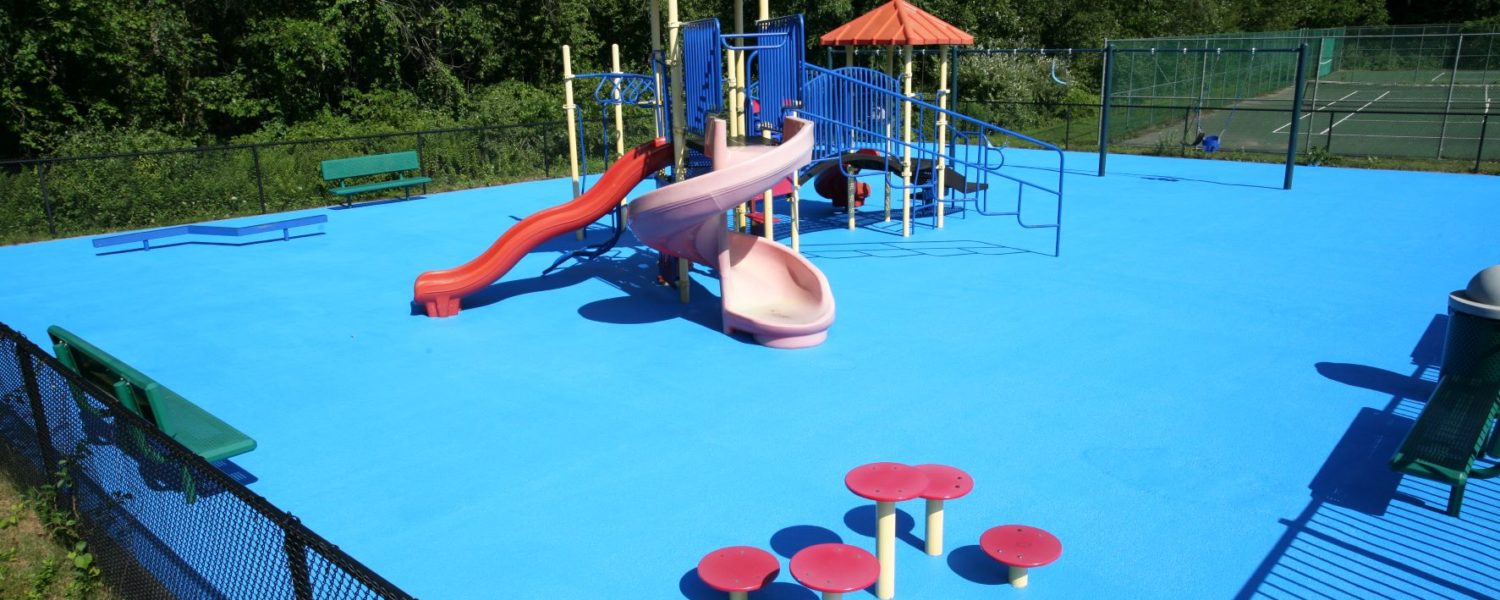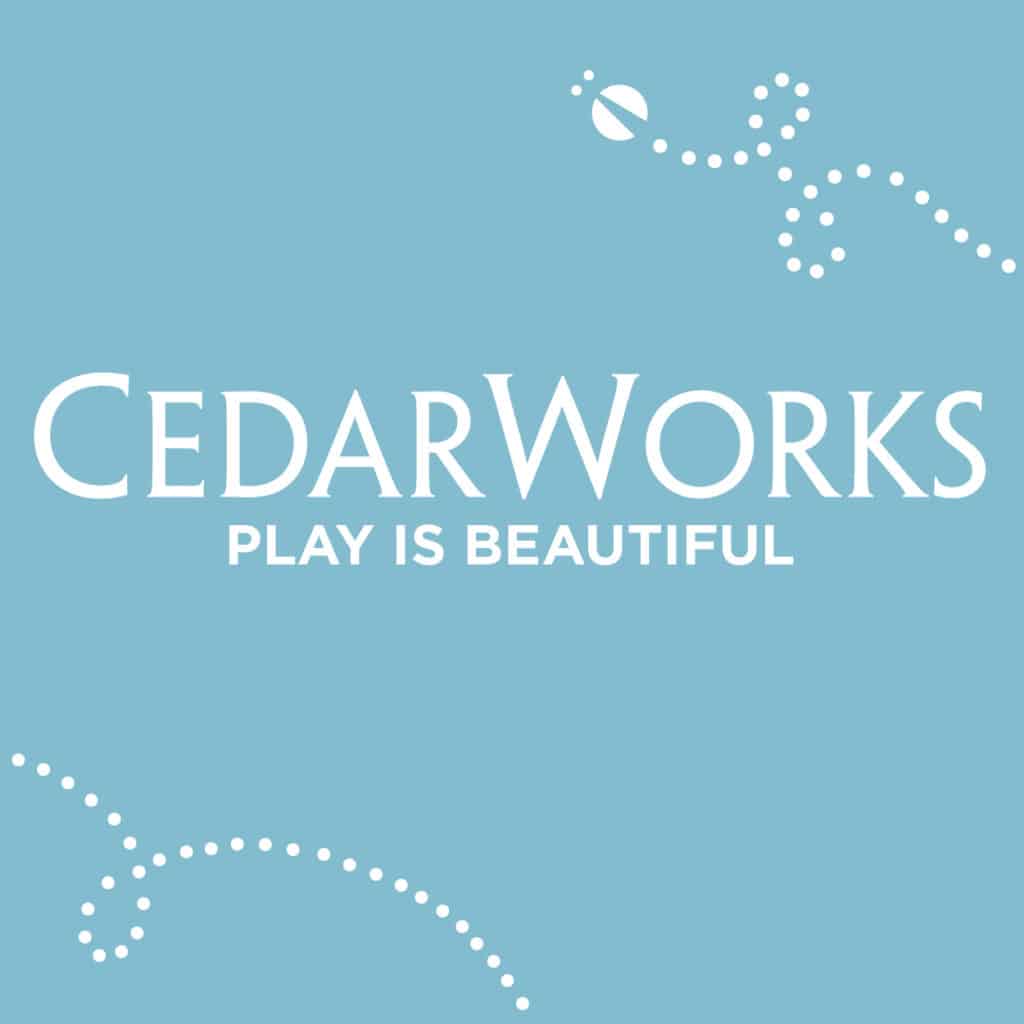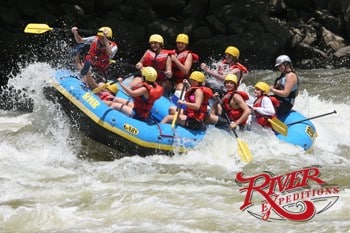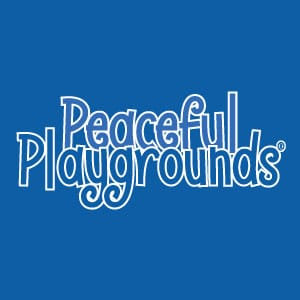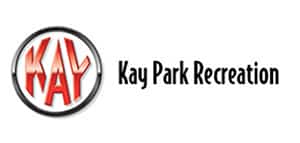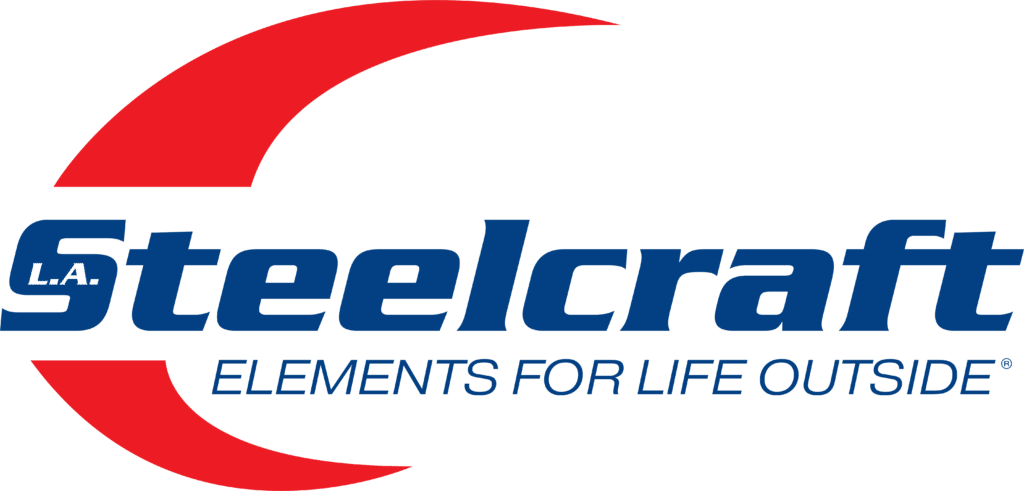By Hal Gourad
Every year, on average, 220,000 kids are sent to the emergency room due to injuries on public playgrounds. Since 80% of those injuries are due to falls, and 70% of those falls are to the surface of the playground, adequately surfacing your playground is very crucial.
Besides playground mulch, rubber mulch, shredded tiles, rubber tiles and synthetic turf, one of the most popular safety surfaces since the late 80s has been poured in place rubber (known as wet pour in other parts of the world). The system has gone up in popularity due to the abundance and availability of recycled rubber and the corresponding binders.
One of the biggest advantages of poured in place rubber its ADA compliance. A kid or parent in a wheelchair can easily navigate around the play equipment. The system is troweled on site and around equipment at a consistent depth, so there is no need to constantly rake and replenish material.
The ability to add designs right on the surface has made it attractive as a way to add play value to the surfacing itself (such as hopscotch being integrated as a design). The disadvantages of poured in place rubber is the initial cost of install as well as the ongoing maintenance and repair costs.
The poured in system has two layers. (Its immediate cousin, bonded rubber, has only one layer and is comprised of tinted SBR shavings.) A base layer is comprised of tire buffings, which are created when tires are retreaded.
The shavings that are created as a byproduct to create a smooth surface where the new tread will go are sold to the recreation industry to use as a cushion base. The base layer is installed at a thickness that corresponds to the fall height of the equipment that it serves.
For example, if the highest play surface on the equipment is 4 feet, the base layer is installed at a thickness of an inch and a half.
The top layer, otherwise known as wear layer, is typically made up of EPDM rubber, although recently TPV and other polymers have been introduced to make this layer. Both layers are mixed with a binder and troweled on the spot and left to cure to make one continuous surface. Usually, the curing takes 24 to 48 hours, depending on ambient humidity and temperature.
The binders used fall in two categories. Aromatic binders are amber in color and will typically darken the surface over a period of time. Aliphatic binders are clear and generally more UV resistant. They are favored when mixing light granules and splash pads, where contact with chlorine is expected.
At this moment, there is a big shortage of aliphatic binders in the industry, and there is no indication when they will be back. Whatever binder you use, please note that it is the most important factor in a successful poured in installation.
Installation
Poured in place rubber is best installed on a concrete or asphalt surface. When these are not available, a compacted crushed stone surface needs to be created. All organics, including any mulch or grass, needs to be removed, and, typically, 3/4-inch crushed stone needs to be installed and compacted.
This is also a very crucial part of the installation. If the crushed stone is not compacted properly, they system will shift over the years, and you might end up with a wavy surface or sink holes. If they surface does not have the appropriate pitch, water accumulation will weaken the rubber system.
Once the site prep is done, the base layer is installed. Depending on the square footage to be rubberized, this can take from one day to several days. The buffings are mixed in a mortar mixer with the appropriate binders and troweled by hand.
It is important to know that the binders used in poured surfaces do not like water, so watching the weather for rain is crucial. Once the base layer has cured (it usually takes 24 hours), the wear layer is installed. It typically takes longer to trowel the wear layer as it needs more work to spread and flatten.
When all is done, the site is secured and the system is given 24 to 48 to cure before kids can play on it. Curing rate ultimately depends on ambient humidity and temperature. The higher the humidity, the faster the cure time.
Cost
Poured in place rubber is one of the most expensive surfacing solutions out there, costing anywhere from $12 a square foot to over $30 per square foot or more depending on the thickness of the system, the binders used, and the type and color of rubber granules in the wear layer.
Mixing the color with black granules in the wear layer is a good way to control the cost. You now to add site prep to the cost. In my experience, this adds another $5 to $8 per square foot to the cost.
Maintenance & Repair
We recommend sanitizing your poured in place surface occasionally and using a leaf blower to get rid of leaves and debris that can damage the surface.
Do not use any lacquer dissolvent to clean the surface. A simple household detergent is more than sufficient. You can power wash the surface, but you need to use a wide-angle nozzle so as not to dislodge the granules.
Do not use metal shovels to remove snow on the surface. Do not allow parents with stiletto heels onto the surface. Those have been known to go right though the wear layer. Do not use metal chairs and ladders that have sharp legs.
The most important aspect of maintaining the surface is sealing it when you see granulation. UV rays will ultimately degrade the binders used in the install. These binders need to be rejuvenated to prolong the shelf life of the system.
When that happens, you need to rebind the surface. This involves conditioning it with a rebinding agent that will rejuvenate the surface with binders it had lost.
Hal Gourad is a certified playground inspector, a certified installer and a national authority on poured in rubber surfacing and repair. He is the president of Trassig, based in Bethel, Connecticut. Started 20 years ago as a full-service commercial playground provider, the company now offers do-it-yourself repair and maintenance solutions to anyone with a commercial playground space, www.trassig.com.


